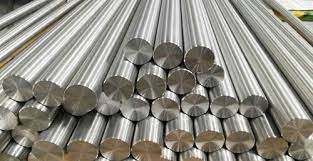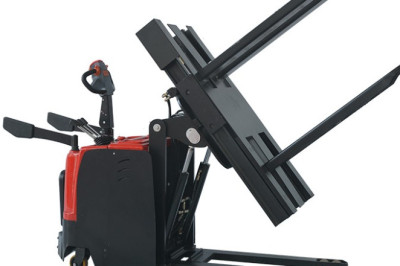views
Composition:
Stainless Steel 316 contains chromium, nickel, and molybdenum, which contribute to its corrosion resistance.
The chromium content is typically around 16-18%, forming a passive chromium oxide layer on the surface that protects the steel from corrosion.
The addition of molybdenum (2-3%) enhances the alloy's resistance to chlorides, making it suitable for applications in marine environments and chemical processing.
Passivation:
Stainless Steel 316 undergoes a natural process called passivation when exposed to oxygen. This process forms a thin, protective oxide layer on the surface, further enhancing corrosion resistance.
Passivation helps in preventing the formation of rust or corrosion, even in challenging environments.
Nickel Content:
The nickel content in Stainless Steel 316 provides additional corrosion resistance, especially in acidic environments.
Nickel improves the stability of the passive layer and enhances the steel's ability to resist corrosion in various conditions.
Pitting Resistance:
Stainless Steel 316 exhibits high resistance to pitting corrosion, making it suitable for use in chloride-rich environments.
Pitting corrosion is a localized form of corrosion that can occur in the presence of aggressive ions, such as chloride ions. The alloy's resistance to pitting is crucial for applications in coastal and marine environments.
Acidic and Basic Environments:
Stainless Steel 316 is resistant to corrosion in both acidic and basic environments.
It is commonly used in chemical processing industries where exposure to corrosive acids or bases is common.
Temperature Resistance:
316 Stainless Steel Bright Bars maintains its corrosion resistance at elevated temperatures, making it suitable for applications in high-temperature environments.
Fabrication and Surface Finish:
The fabrication process, including the final surface finish of the bright bar, can influence its corrosion resistance. Proper handling and finishing help maintain the integrity of the passive oxide layer.
Regular Maintenance:
Regular cleaning and maintenance practices are essential to ensure the long-term corrosion resistance of Stainless Steel 316 Bright Bars.
In summary, Stainless Steel 316 Bright Bar offers excellent corrosion resistance due to its alloy composition, passivation, and resistance to pitting. Proper selection, fabrication, and maintenance practices contribute to the overall durability and longevity of the material in various corrosive environments.












